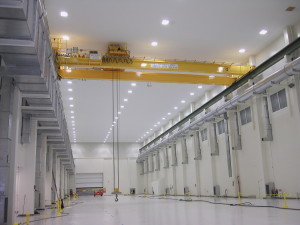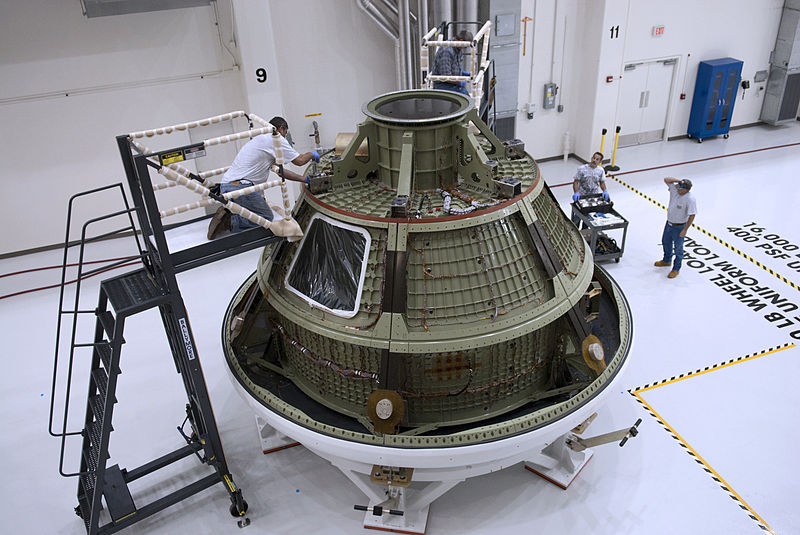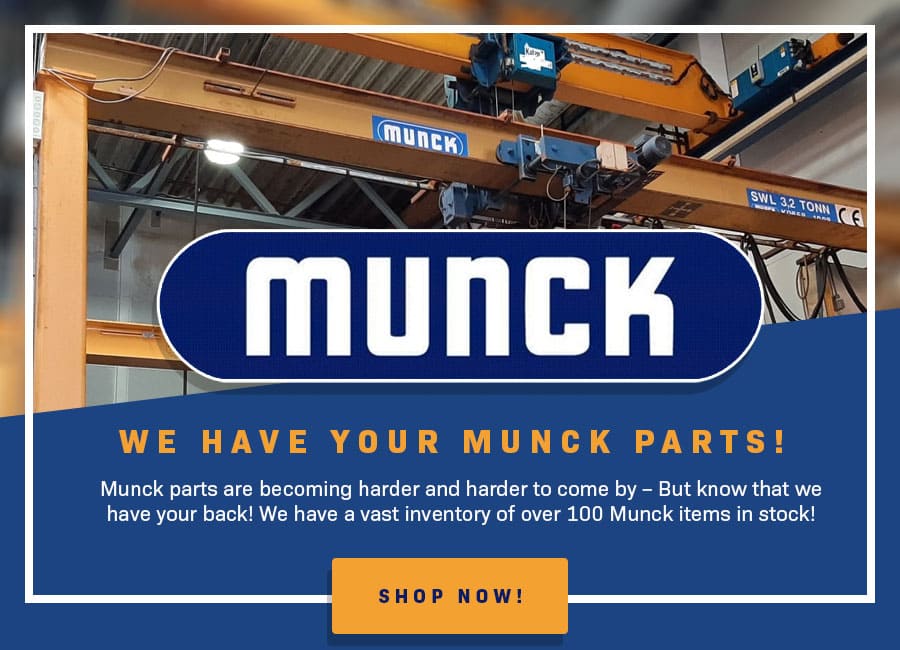How to Choose the Best Crane Service Provider for Your Application
Leave a CommentOverhead lifting systems can yield major cost and space savings for manufacturers and material handling companies alike. To remain in continuous operation and comply with strict regulations, these systems demand proper crane service, routine maintenance checks, and regular quality inspections. American Crane & Equipment Corporation can provide these services for not only their own equipment but for other Overhead Equipment Manufacturer’s products as well.
To ensure these standards are met, production is optimized and downtime is minimized — Buyers should keep a few key considerations in mind when choosing a crane service provider. Below, we’ve outlined eight important factors to take into account.
 8 Key Factors to Consider When Selecting a Crane Service Provider
8 Key Factors to Consider When Selecting a Crane Service Provider
1. OSHA Standards
When crane maintenance crews conduct installations and repairs, OSHA’s strict compliance directives should always be at the forefront. Overhead and Gantry Cranes, specifically, have their own set of rules under OSHA 1910.179.
2. Monthly and Yearly Crane Inspections
While OSHA crane inspections are mandated; OSHA (1910.179 (j) inspection (ii)(b)), many companies don’t realize they must also maintain their cranes on a more regular schedule; OSHA (1910.179(j) inspection (ii)(R)) based on the duty cycle of the equipment. It is important to always have a service provider who is familiar with these OSHA requirements.
3. Supply Parts on Short Notice
It’s important to have access to a large inventory of top-name crane parts and components, especially since technicians work on all different makes, models, and sizes of cranes and hoists. This will prevent delays, as procurement and maintenance teams will not be scrambling to get machines back up and running after inspections.
4. Versatile Technicians
When a crane repair is needed, you’ll want to work with technicians who have extensive knowledge of different types of cranes across various industries, as well as a full understanding of the cranes used specifically in your facility. With this expertise, technicians will be able to offer valuable insight and provide easily interchangeable parts if necessary. You should only use a company whose technicians meet or exceed the crane inspectors’ certification requirements.
5. Load Testing
To comply with OSHA crane safety standard 1910.179 (k) testing (z), test loads cannot exceed 125% of the rated load. Owners must show a historic record proving they are in compliance with this standard and respect the safe working load for the crane.
6. Capabilities to Rebuild Existing Cranes
When assembling your crane service team, look for partners who can provide a wide range of services — a team that can help out with minor headaches but also take full control of complex or involved projects, such as rebuilding existing cranes.
The benefits of overhead cranes are only as good as the maintenance team ensuring their proper working order. To maximize run time, maintain OSHA compliance and outline the best possible project plans, plant managers should carefully select their crane service team.
Additional Resources
American Crane has been partnering with strategic resource managers for years as a third-party service team to ensure safe, smooth operation of all facilities. Whether these managers are looking for an expert in specialized crane systems or a generalist with broad industry knowledge, American Crane can help.
To learn about what to look for when selecting a crane service provider, download our free Crane Buyer’s Guide.




 8 Key Factors to Consider When Selecting a Crane Service Provider
8 Key Factors to Consider When Selecting a Crane Service Provider
 Clean Room
Clean Room
 Resources:
Resources: 